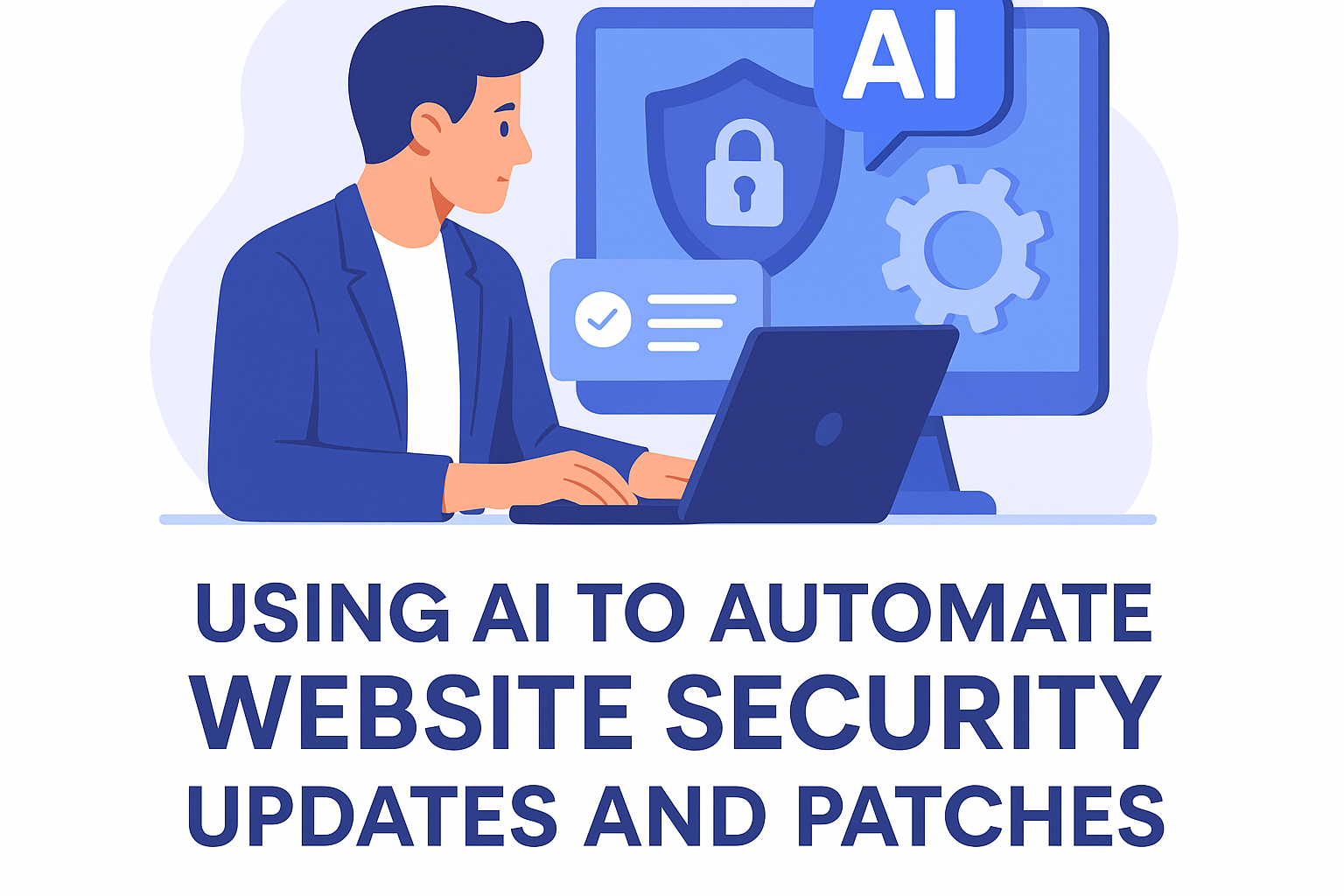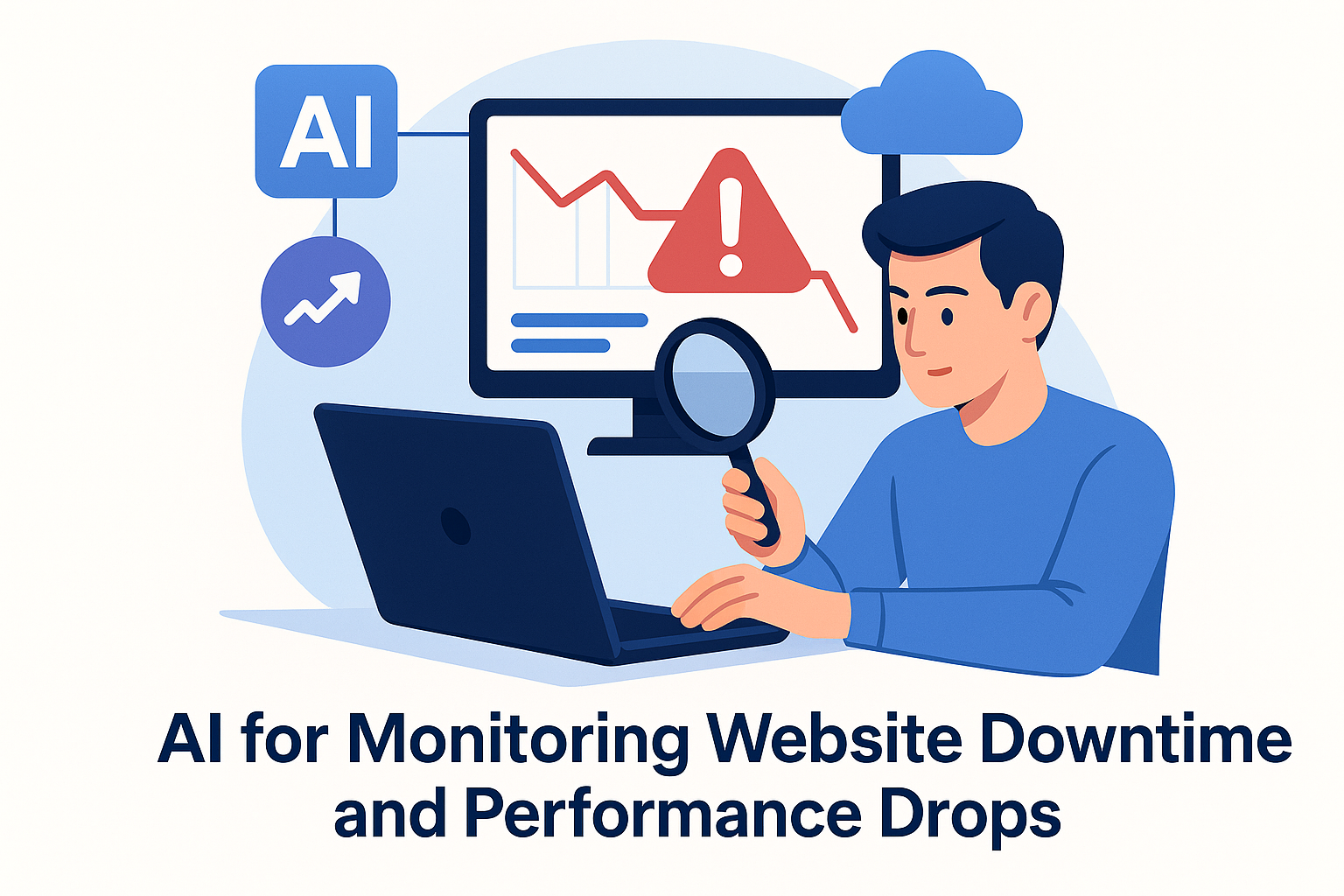Google’s E-E-A-T framework is central to how it evaluates content quality—and whether that content is worthy of ranking on Page 1. If your content doesn’t reflect Experience, Expertise, Authoritativeness, and Trustworthiness, it’s at risk of falling behind in the SERPs.
The challenge? Many marketers worry that AI-generated content can’t meet E-E-A-T standards.
That’s no longer true.
With tools like DIYSEO GPT and the DIYSEO AI Writer, you can create high-performing, AI-written content that satisfies Google’s expectations—and convert traffic into trust.
This guide breaks down how to build E-E-A-T into every piece of content, step-by-step.
What Is E-E-A-T and Why Does It Matter?
E-E-A-T stands for:
- Experience – Does the author or content show first-hand knowledge or real-world insight?
- Expertise – Is the content written by someone with subject-matter knowledge?
- Authoritativeness – Is the content hosted on a reputable domain? Do others reference it?
- Trustworthiness – Is the content factually accurate, secure, transparent, and unbiased?
E-E-A-T isn’t a direct ranking factor—but it heavily influences how Google’s algorithms and human quality raters evaluate your content’s credibility and usefulness.
Common E-E-A-T Issues in AI Content
| Weakness | SEO Risk |
|---|---|
| Generic tone or lack of depth | Low topical relevance |
| No author attribution or credentials | Reduced authority |
| Absence of real-world examples | Fails to demonstrate experience |
| Overuse of broad claims or vague facts | Loss of trust and accuracy signals |
Step-by-Step: Using AI to Build E-E-A-T into Every Page
✅ Step 1: Start With Search Intent and User Expectations Using DIYSEO GPT
Before creating content, use the Topic Authority & Intent Mapping prompt in DIYSEO GPT to identify:
- What users actually want from the topic
- What questions Google wants answered
- Which subtopics top-ranking pages are covering
Prompt:
“Analyze top-ranking pages for ‘AI for content audits’ and identify intent, topical gaps, and E-E-A-T signals they’re using.”
DIYSEO GPT will return recommendations that help you structure content with credibility-enhancing depth and purpose.
✅ Step 2: Generate Structured, E-E-A-T-Aligned Drafts with DIYSEO AI Writer
Use the DIYSEO AI Writer to generate content with:
- Expert-level vocabulary and topic coverage
- Clear authorial voice or brand POV
- Organized structure (H2s, bullet lists, examples, FAQs)
- Optional content modules (author bios, references, disclaimers)
Prompt Example:
“Write a 1,500-word article on ‘AI SEO audits.’ Include expert insights, real-world examples, and an FAQ section. Match Google’s E-E-A-T expectations.”
Output includes:
- Intro with problem and clear value prop
- Realistic use case (e.g., how agencies use AI to streamline audits)
- Explanation of how DIYSEO GPT automates reporting
- FAQs reinforcing trust and transparency
Every section enhances user value and search credibility.
✅ Step 3: Add Author Byline and Experience-Driven Commentary
One of the most powerful signals of E-E-A-T is real-world experience. Even if the content is AI-assisted, include:
- Author name or company name
- Background or credentials (even brief)
- “Commentary” paragraphs that summarize insights or opinions
Prompt:
“Add a paragraph to the conclusion of this blog post summarizing lessons learned by someone who’s used AI tools like DIYSEO GPT for content auditing.”
This experience element makes AI-generated content feel human, real, and aligned with E-E-A-T expectations.
✅ Step 4: Integrate Citations, Facts, and Schema Where Appropriate
You can’t fake trust. Use the AI Writer to integrate verifiable data, and apply schema markup to boost credibility and indexability.
Prompt:
“Add How-To schema for this article on AI SEO tools. Include step names and estimated time per step.”
Also generate:
- FAQ schema
- Author schema
- Article schema
Google uses this structured data to evaluate topical authority and accuracy.
✅ Step 5: Use DIYSEO GPT to Analyze E-E-A-T Performance and Gaps
Once content is published, use DIYSEO GPT to audit for missing or weak signals.
Ask:
“Which of my top 10 blog posts are missing author bios, real-world examples, or clear E-E-A-T elements?”
You’ll get an improvement checklist for:
- Adding expert commentary
- Refining examples or case studies
- Rewriting vague claims
- Reinforcing trustworthiness with visuals, sources, or references
✅ Step 6: Reinforce Authority with Strategic Backlinks
Even the best E-E-A-T content needs external validation. Use the DIYSEO Link Marketplace to:
- Build backlinks from authoritative blogs in your niche
- Target topic-specific articles and editorial placements
- Use anchor text that reinforces trust and expertise:
- Trusted AI SEO audit tools
- How experts use DIYSEO for content planning
- Authoritative guide to automated SEO strategies
These links don’t just pass PageRank—they support Google’s understanding of your topical authority.
Real-World Example: AI Content Optimized for E-E-A-T
Problem: A blog post on “AI for SEO” was informative but thin—no real examples, no author attribution, and vague benefits.
DIYSEO Fix:
- Used DIYSEO GPT to assess missing E-E-A-T elements
- Used DIYSEO AI Writer to:
- Add a use case of a marketing agency using AI for audits
- Insert a byline and short author bio
- Include a “How-To” checklist with schema
- Write a summary paragraph showing real-world application
- Built 3 authoritative backlinks through DIYSEO Link Marketplace
Results:
- Blog moved from position #9 to #4
- Time-on-page improved by 38%
- Earned a featured snippet for “How to use AI for SEO audits”
- Gained two organic backlinks without outreach
DIYSEO E-E-A-T Optimization Workflow
| Step | Tool | Task |
|---|---|---|
| Map content intent | DIYSEO GPT | Understand user expectations and SERP coverage |
| Write content | DIYSEO AI Writer | Generate SEO drafts aligned with E-E-A-T |
| Add experience elements | DIYSEO AI Writer | Insert use cases, commentary, bylines |
| Apply schema | DIYSEO AI Writer | Structure content with JSON-LD markup |
| Monitor quality | DIYSEO GPT | Audit for missing or weak E-E-A-T signals |
| Build backlinks | DIYSEO Link Marketplace | Strengthen topical authority and trust externally |
Final Thoughts
E-E-A-T is not about avoiding AI—it’s about using AI to enhance human-centered, trustworthy content.
With DIYSEO, you can:
- Generate content that shows authority and real-world experience
- Audit and optimize pages for trust, accuracy, and structure
- Scale your E-E-A-T efforts with schema, formatting, and backlink support
Trust is earned—but AI can help you earn it faster.
Frequently Asked Questions
1. What are Google’s E-E-A-T guidelines and why are they important for content creation?
Google’s E-E-A-T guidelines stand for Experience, Expertise, Authoritativeness, and Trustworthiness. They are a set of criteria used by Google’s algorithm to evaluate the quality of content online. Experience refers to the tangible user interactions with the content creator or the subject matter, signifying an individual’s direct involvement. Expertise involves the depth of knowledge and understanding of the topic by either the content creator or the work itself. Authoritativeness reflects the well-recognized standing or influence a content or website has in its field. Trustworthiness signifies the reliability and integrity of the content in terms of impartiality, accuracy, and honesty.
Adhering to these guidelines is crucial because they directly impact your content’s search engine rankings and visibility. Websites that consistently produce content aligned with E-E-A-T principles are more likely to rank higher, attracting more traffic and boosting credibility in the eyes of both users and search engines.
2. How can AI assist in creating content that aligns with Google’s E-E-A-T guidelines?
AI technologies offer several capabilities that can enhance content alignment with Google’s E-E-A-T guidelines. Firstly, AI can analyze vast amounts of data to understand audience requirements and preferences, which helps in crafting content that meets the intended audience’s expectations, thus elevating Experience. AI tools such as natural language processing can ensure content is easily readable, concise, and engaging, reflecting Expertise and Authoritativeness.
Moreover, AI can help in maintaining accuracy and factual reliability by cross-referencing multiple sources, ensuring Trustworthiness in the content while adhering to information integrity. AI-driven plagiarism detection and quality analysis tools can further safeguard content against misinformation, ensuring it is original and reliable. Hence, AI acts as a meticulous assistant, ensuring each aspect of E-E-A-T is met effectively.
3. Are there specific AI tools recommended for aligning with E-E-A-T guidelines?
Certainly, there are several AI tools that content creators can utilize to ensure compliance with Google’s E-E-A-T guidelines. Tools like Grammarly and Hemingway Editor can polish your writing for clarity and readability, contributing to Experience and Expertise. For enhancing factual accuracy and reliability, AI tools such as IBM’s Watson and Google’s BERT can be used for semantic analysis and to ensure content relevance and accuracy, enhancing Trustworthiness.
Also, AI-driven SEO tools such as Clearscope and MarketMuse can conduct thorough keyword research to establish Authoritativeness by making sure the content addresses all potential user queries comprehensively. These tools can also provide you with content outlines or optimization suggestions that enable you to craft well-rounded and authoritative content on any subject.
4. How does AI determine the expertise level of the content creator or the content itself?
AI can evaluate the expertise level by analyzing the depth of information provided within the content as well as the qualifications or credentials of the authors, where available. By employing machine learning algorithms, AI examines the context, language sophistication, and technical details presented, comparing them with existing high-ranking articles and authoritative sources in the same arena.
AI systems are trained to recognize patterns of expert writing, such as specific terminologies, the use of citations, and inclusion of authoritative sources, which gives a quantifiable measure of expertise. Moreover, AI can evaluate an author’s online presence, publication history, and collaboration with recognized entities to gauge their expertise objectively.
5. What limitations do AI tools have in completely aligning content with Google’s E-E-A-T guidelines?
While AI presents numerous advantages, it still faces certain limitations when it comes to achieving full alignment with E-E-A-T guidelines. AI lacks the human touch required for deep creative insight or on-the-ground experience often critical for high-level Experience and Expertise content. AI’s output is primarily structured by the data and algorithms it’s trained on, which means it might miss nuances and emotional tones inherent to certain issues, resulting in less compelling storytelling and user engagement.
Moreover, AI struggles with dynamic social signals and changing human perceptions, which are essential for Authoritativeness and Trustworthiness. The reliance on existing data makes AI susceptible to amplifying biases or errors present in that data, possibly endangering Trustworthiness. Therefore, achieving a sterling level of E-E-A-T compliance often requires human oversight and intervention to complement AI-generated content with insights that only experienced and nuanced human judgment can provide.



